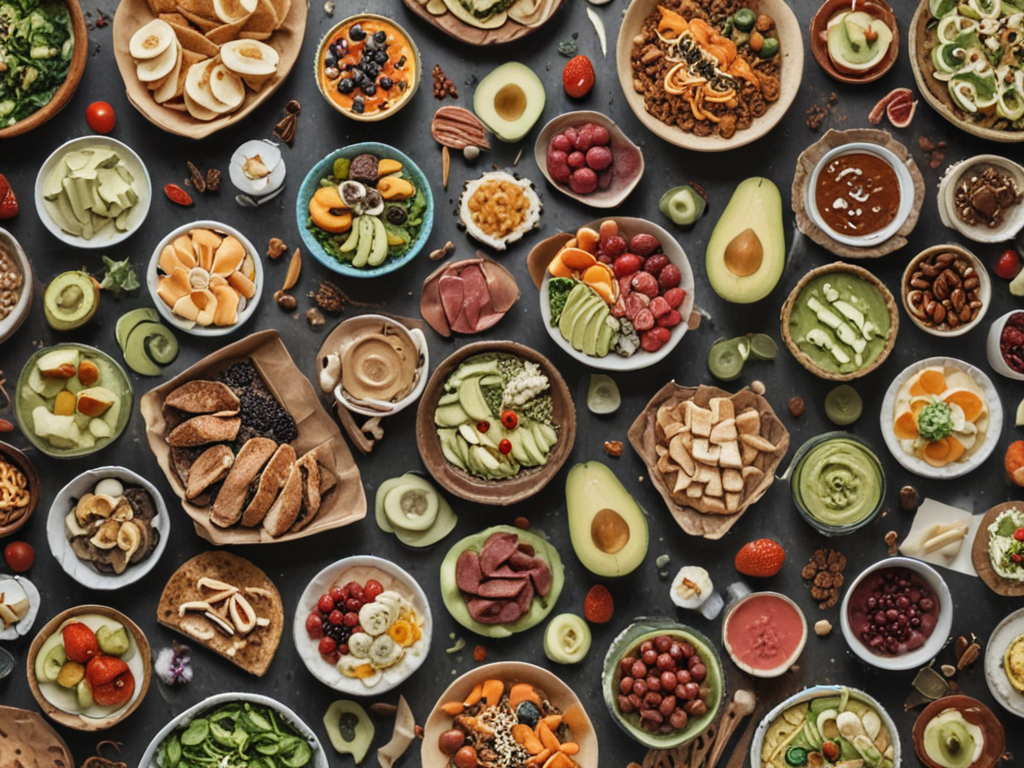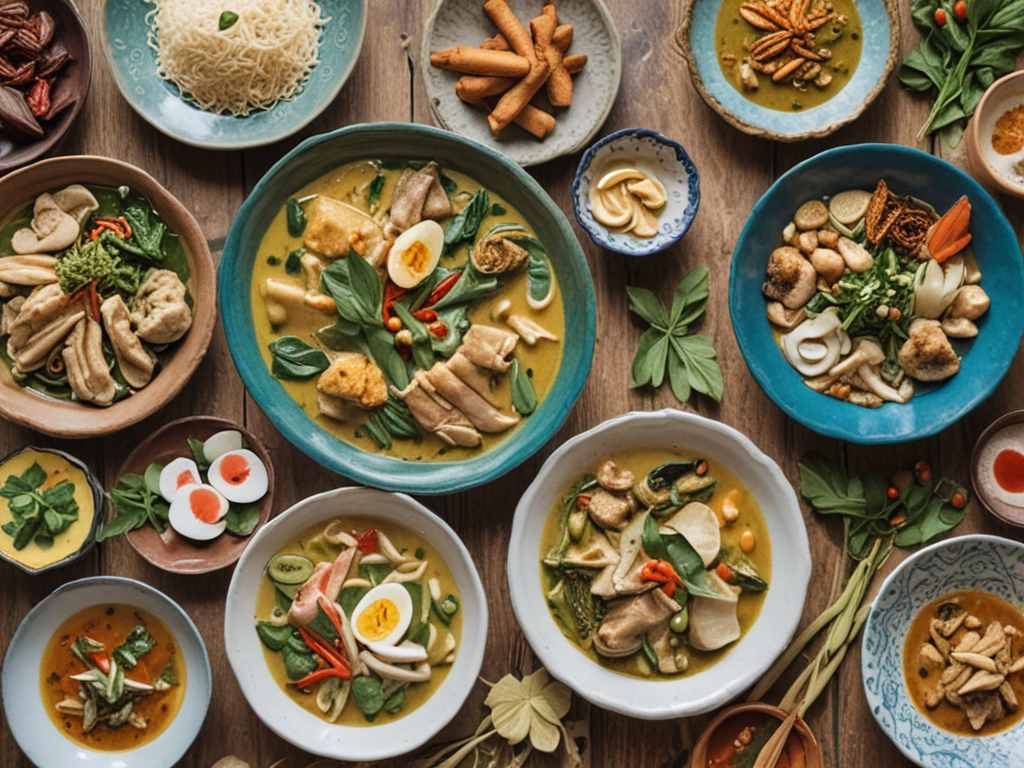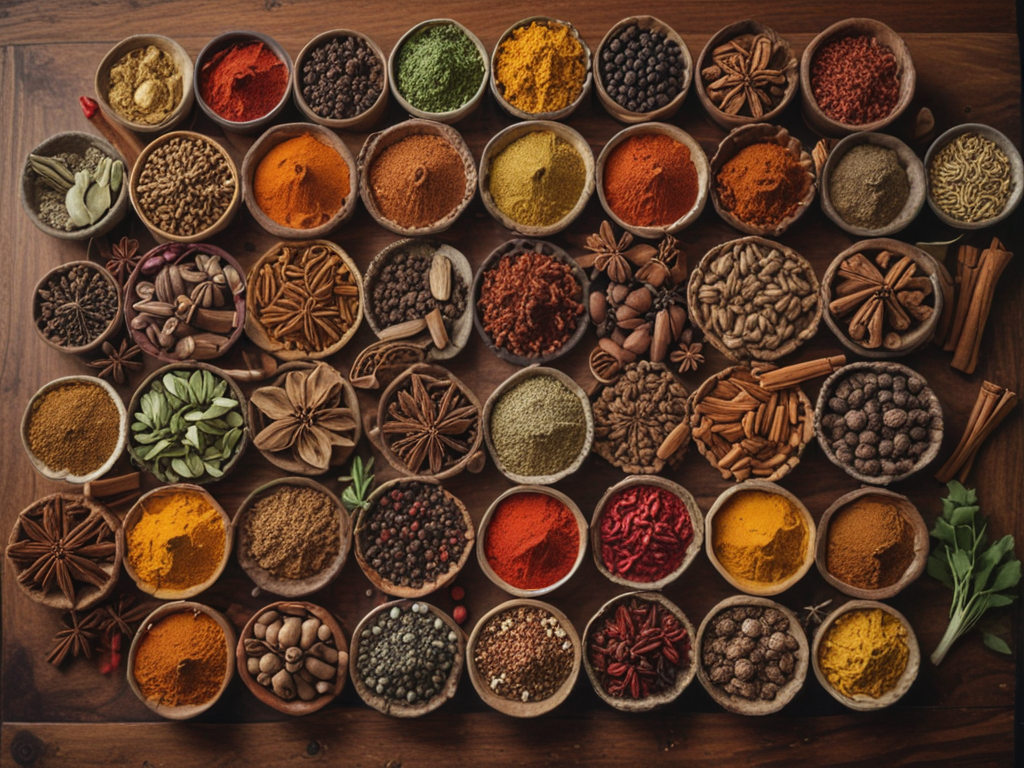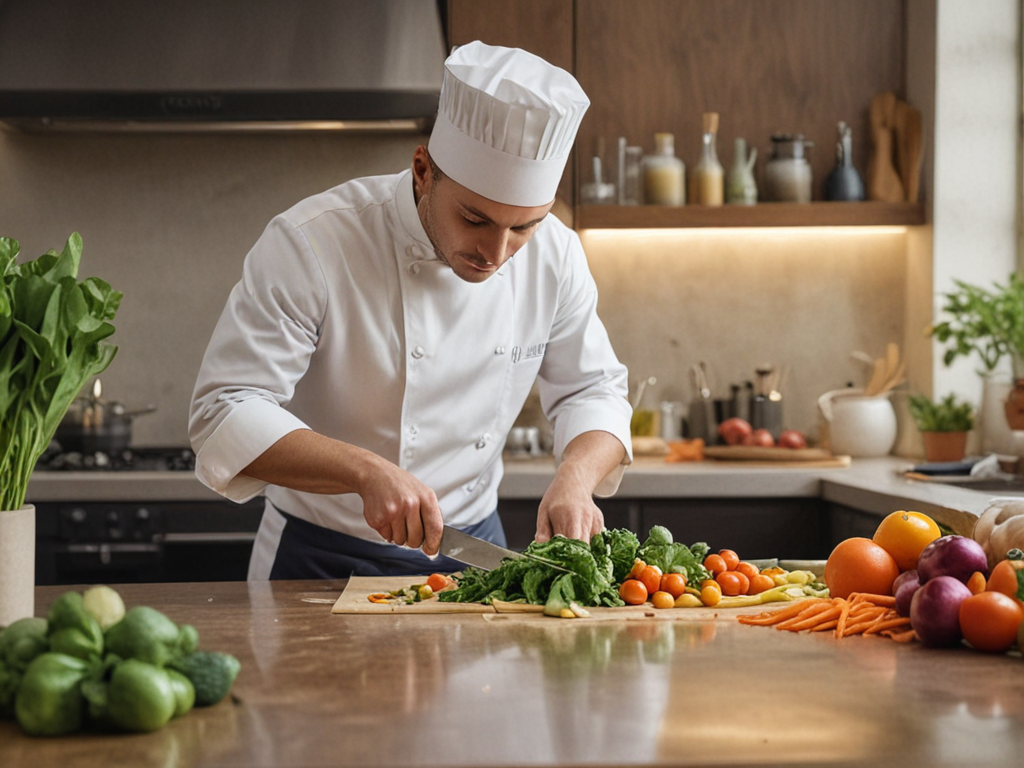
Exploring social media’s influence on today’s food culture reveals that it goes beyond showcasing aesthetically pleasing dishes. However, the reality is far more complex. From shaping food trends to altering dining habits, social platforms have become a powerful force in the culinary world. As we examine the impact of social media on our food choices and interactions with food brands, it becomes evident that this digital landscape is reshaping how we experience and engage with food. But what are the implications of this shift? Let’s investigate the multifaceted role of social media in shaping our contemporary food culture.
Influence on Food Trends
Social media greatly impacts the evolution of food trends by swiftly disseminating culinary innovations and inspiring widespread adoption among food enthusiasts. The rise of platforms like Instagram and TikTok has revolutionized how we perceive and interact with food. One significant aspect influenced by social media is food aesthetics. Visually appealing dishes have become a top priority for many home cooks and professional chefs alike, as the quest for the perfect Instagram-worthy meal drives culinary innovation.
Through social media, food aesthetics have taken on a new level of importance, pushing the boundaries of creativity in the kitchen. From elaborate plating techniques to vibrant color combinations, the visual appeal of a dish is now as important as its taste. Culinary innovation has thrived in this environment as chefs experiment with new ingredients, techniques, and presentations to capture the attention of online audiences.
Impact on Dining Habits
The visual allure and creativity promoted through social media platforms have not only influenced food aesthetics but also reshaped the way individuals approach their dining habits. Social media has a profound impact on how we eat, influencing our dietary preferences and meal planning. Here are three ways in which social media has transformed dining habits:
-
Diverse Dietary Preferences: Social media exposes us to a wide range of culinary experiences, encouraging individuals to explore different dietary preferences such as veganism, paleo diets, or gluten-free options.
-
Innovative Meal Planning: Platforms like Instagram and Pinterest inspire creativity in meal planning, with users sharing meal prep ideas, recipes, and visually appealing food presentations that motivate others to plan their meals in advance.
-
Global Culinary Influences: Social media connects individuals to diverse food cultures from around the world, encouraging them to incorporate international flavors and cooking techniques into their daily dining routines.
Engagement With Food Brands
Engaging with food brands allows consumers to interact directly with the products and services offered in the market, fostering a deeper connection and understanding of the brand’s values and offerings. Through social media platforms, I can easily provide feedback, share experiences, and build brand loyalty. This two-way interaction not only benefits me as a consumer but also aids food brands in improving their products and services based on consumer feedback.
| Benefits of Engaging with Food Brands |
|---|
| 1. Personalized Recommendations |
| 2. Exclusive Deals and Promotions |
| 3. Direct Communication |
| 4. Early Access to New Products |
| 5. Feeling of Being Valued |
Community Building Through Food
Building connections through shared food experiences fosters a sense of belonging and camaraderie within communities. Food sharing and culinary connections play a significant role in bringing people together, creating bonds that transcend cultural and social barriers. Here are three ways in which community building through food enhances social interactions:
-
Shared Traditions: Gathering around a table to enjoy traditional dishes passed down through generations not only preserves cultural heritage but also strengthens the sense of community and shared identity among individuals.
-
Collaborative Cooking: Collaborating in the kitchen to prepare meals allows for the exchange of culinary skills, ideas, and techniques. This collaborative effort fosters teamwork and reinforces the idea of working together towards a common goal.
-
Celebratory Feasts: Coming together for special occasions or festivals centered around food creates memorable experiences that celebrate diversity and unity within communities. Sharing festive meals promotes joy, togetherness, and a sense of belonging among participants.
Challenges and Criticisms
Amid the growing popularity of communal dining experiences, challenges and criticisms arise in the domain of community building through food. Social media platforms, while providing a space for food enthusiasts to connect and share culinary experiences, also present issues such as food shaming and the spread of misinformation.
Food shaming, a prevalent problem on social media, involves criticizing individuals for their food choices, leading to feelings of guilt or inadequacy. This can hinder the positive communal aspect of sharing meals and exploring different cuisines together. Thus, the rapid spread of misinformation related to food, such as fad diets or unverified nutrition advice, can mislead individuals and impact their relationship with food.
In a digital age where information travels swiftly, it is essential for users to critically evaluate the content they encounter and promote a culture of respect and accurate information sharing within the online food community. By addressing these challenges, we can foster a more inclusive and supportive environment for food enthusiasts to engage and connect.





